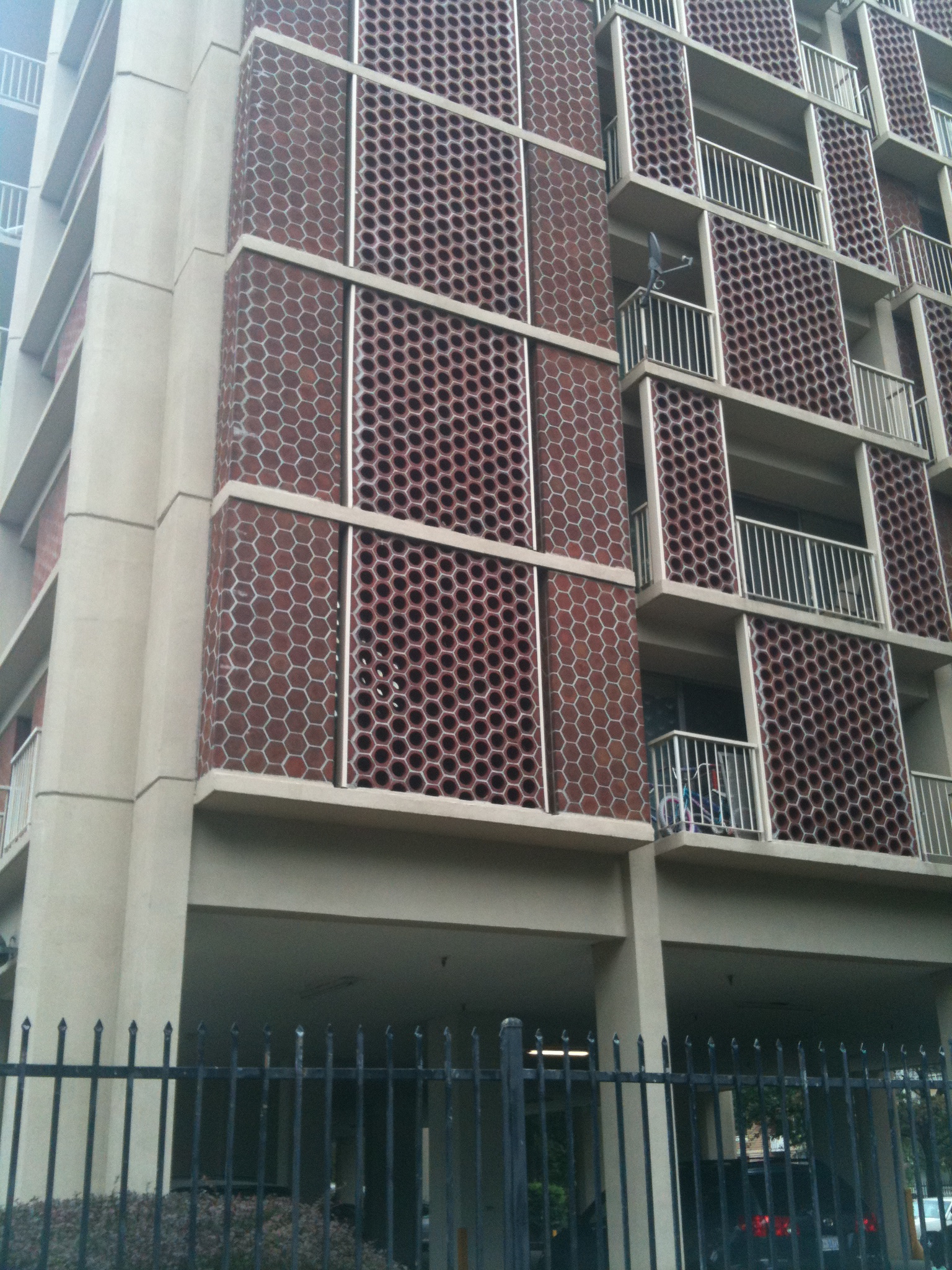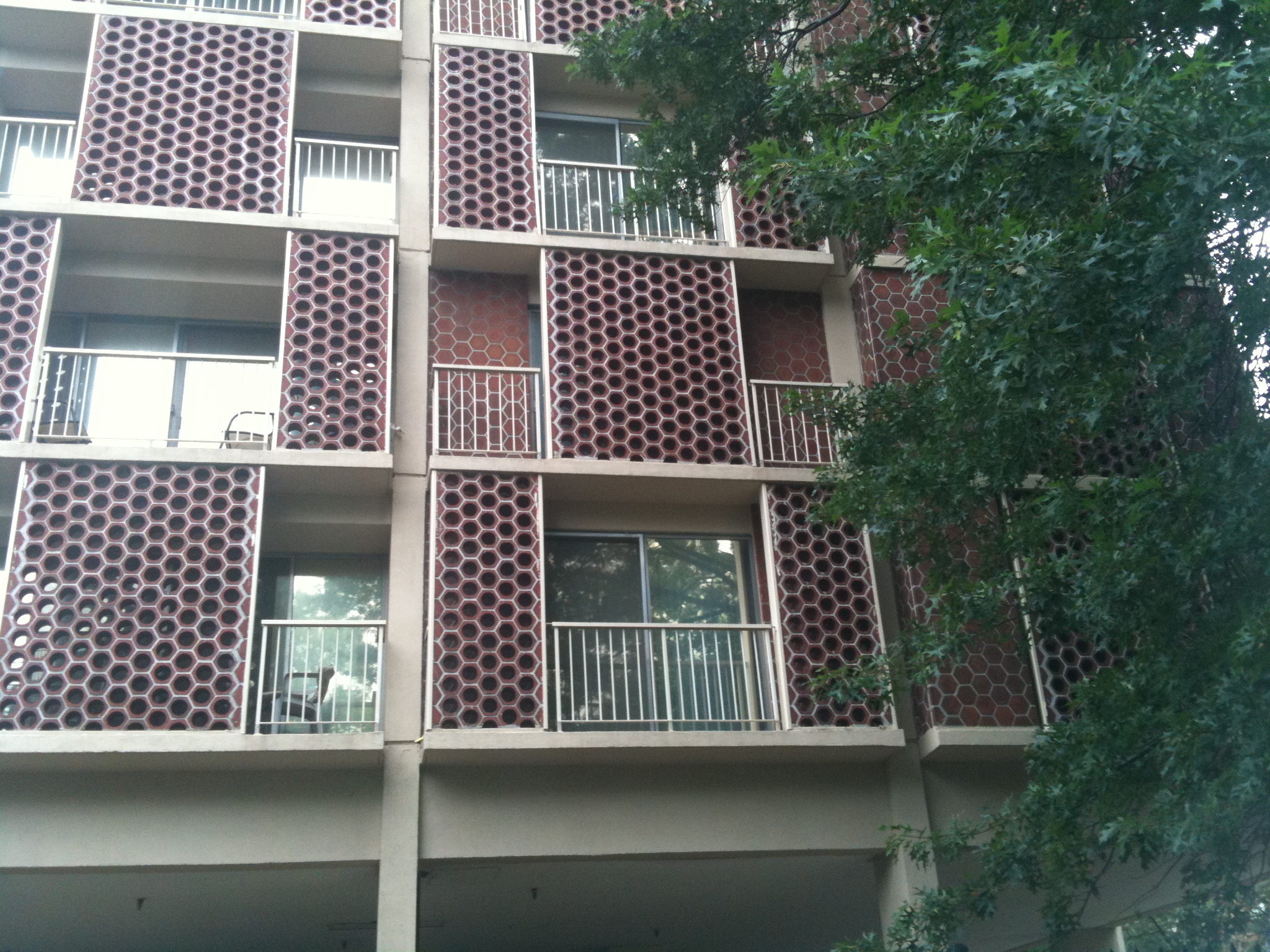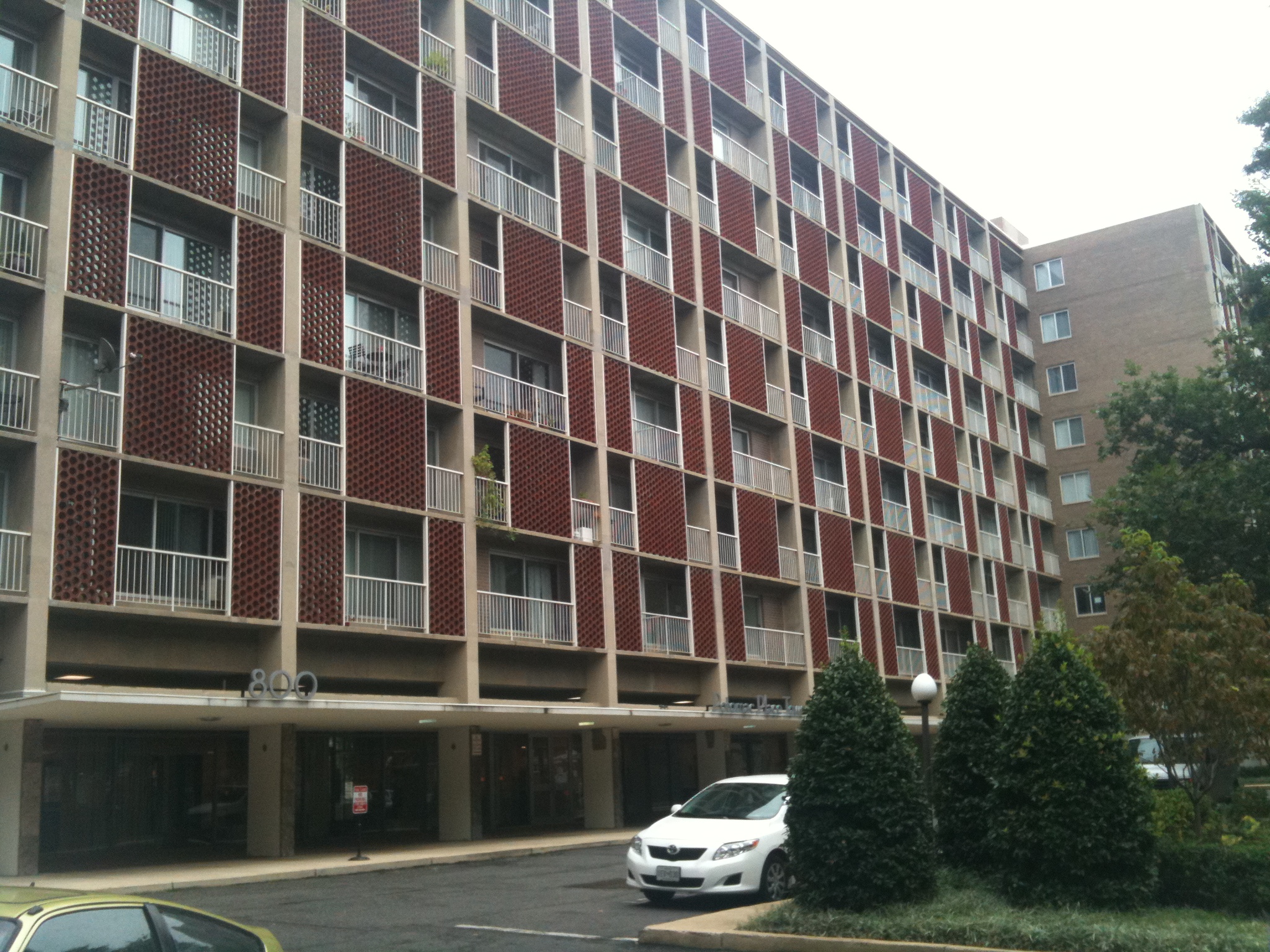I have now been waiting for my last Architecture Registration Exam result for 11 weeks (13 if you include the penultimate exam which I have also yet to receive scores for). This delay apparently has been caused by the private company that administers and grades the exam (Prometric Services); specifically they have not graded a 5 of the 7 exam sections since the start of July. I was only informed of this delay from my state board last week, at week 10(12), which was the first time they had heard of this as well. This delay, which is not the first time Prometric has failed to perform, has affected at a minimum 3,300 people in the state of Virginia alone. The thing that is the most infuriating about this whole exam process is the lack of both transparency and communication.
The exam, which is written by and property of the National Council of Architecture Registration Boards (a non-profit association in DC), is treated with the utmost level of secrecy and security. Not only are examinees not allowed to discuss the content of the exam, they are also not allowed to know the grading scheme that is used to determine passing and failing. There is neither communication about how this exam is graded – on a bell curve, if some questions are weighted more than others or if there is a strict pass/fail point ratio – nor is there any information about how the design components factor into your test results. To further compound the secrecy, passing results for the exam just say you passed, whereas failing results give a small analysis of what subject areas need further study. In addition, if NCARB suspects “Testing Irregularities,” their code for cheating, they can and will hold results form all affected sections until the matter is resolved, which can be as much as 6 months.
By itself this would all be frustrating but workable. The real annoyance comes from the lack of available channels for communication. Before an examinee can take an exam they make have their NCARB council record transferred to their state board. NCARB does not have a collective repository of state testing requirements, so an examinee must work through their state testing application on their own. Once the application is completed, examinees then register directly with Prometric for their exams, by providing a clearance code issued to them by their state. When the day of the exam occurs and an examinee leaves the testing center, that is the last moment they may have any contact with Prometric; from that moment on they can only contact their state to determine why they have not received their results. Grading is supposed to take anywhere form 4 to 6 weeks, but usually takes more like 6 to 8. Prometric has a habit of bunching exams and sending scores to the states all at once. This has lead people to speculate that Prometric only grades at certain intervals or holds all grades form a specific time period to establish a bell curve, but because there is no discussion of grading policy this is all speculation. The thing that convolutes all of this even more is that the state boards do not contact Prometric directly. Instead they eagerly await results but must phrase all of their inquires through NCARB. So to summarize as an individual, if you are fearful that your test has been lost or delayed, you must contact your state, your state contacts NCARB, who contacts Prometric. In this game of bureaucratic telephone it is easy to understand why results can be delayed by 10 weeks or more. 10 weeks, which result in lost wages associated with passing results and being declared a licensed architect, not to mention anxiety and nervousness.







